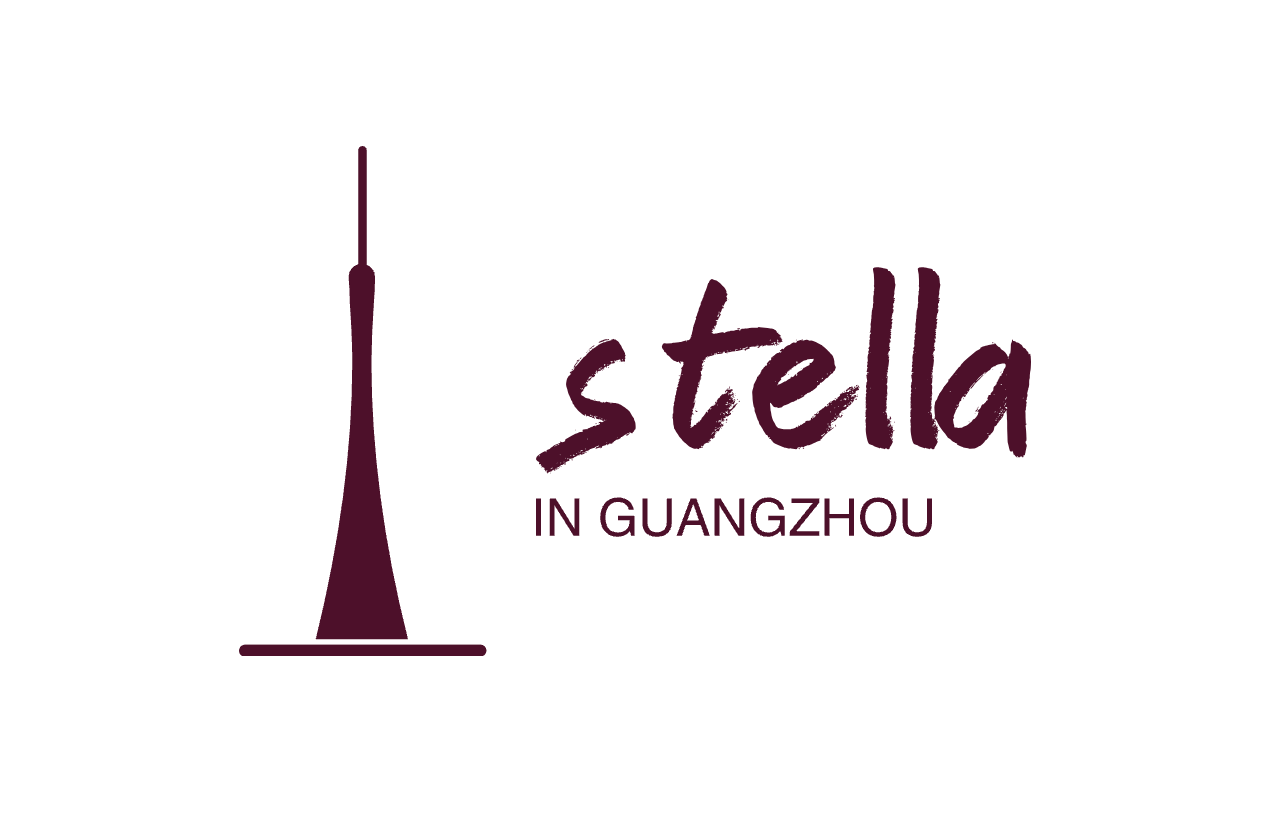Guideline
When you place bulk orders to your garment factories, are you worried that they may not be able to finish production on time? Are you concerned when it seems no any progress, especially when you work with factories overseas? Are you curious what they will do after receiving POs? Then this post may give you some ideas.
In this article, we assume that all pre-production work are prepared and approved and factories can go into production directly. Here we are going to introduce 7 steps clothing production processes including fabrics receiving, fabric cutting, embroidery and screen printing, sewing, quality check, fussing and pressing, packaging and shipping. It’s helpful to have a generalized overview of all the steps necessary in the clothing manufacturing process. It will help you better understand how factories work and communicate with them smoother and more effective.

Fabric Receiving
When fabric arrives at the factory, it must be counted and inspected for appearance (like color difference) and internal quality. Only those that meet the production requirements can be put into production. Controlling the quality of fabrics is an important part of controlling the quality of finished products.
Fabric Cutting
Before fabric can be cut, there are several pre-work. Fabric is continually under tension throughout the various stages of the textile manufacturing process, including weaving, dyeing, and other finishing processes. These may result in shrinking. Thus, fabric relaxing allows it to shrink first to minimize the shrinkage when customers’ use. Also, during the fabric relaxing process, manufacturers may spot any defect of the fabrics, for example, color inconsistency. This will help to avoid fault in the finished products.
After the fabric has been relaxed, then the fabric is spread. Paper pattern are laid out on top of the spread. One more thing you may not realize is marker making. Marker making involves the factory figuring out the best way to puzzle piece all the pattern pieces together on the fabric in order to waste the least amount of fabric possible.
After finishing with all these preparation, workers continue with the important stepping of cutting. Cutting is the most crucial action happening in the cutting room. Once the fabric has been cut, very little can be done to rectify serious defects. (Once it is cut, there is no going back.)

Embroidery and Screen Printing
These two processes occur if there are designs with embroidery or printing.
Below video is doing embroidery. It will be processed after fabric is cut into panels. Each panel is put on the machine by person.
Some factories do not do the embroidery or printing themselves. There are suppliers who specialize in embroidery or printing. So factories send the fabric panels to them to work on the details. This is a more effective way and saving cost.

Sewing
After cutting, the cut pieces are bundled according to size, color and quantities and go to the sewing line. Normally, sewing machine operators receive a bundle of cut fabric and repeatedly sew the same portion of the garment, passing that completed portion to the next operator. For example, the first operator may sew the collar to the body of the garment and the next operator may sew a sleeve to the body. This labor-intensive process progressively transforms pieces of fabric into designer garments.
Quality Check
It is very important to make sure the products are all good before leaving factories. The products are shown to the customers and it represent a brand image. Also, it costs more time, work and money if any issue occur after goods are shipped out factories. Therefore, quality check is a must process.
During the step of checking, workers can check if the garment has been properly assembled and that no manufacturing defects exist. Or spot any stains, cosmetic flaws or spots on the garments due to the cutting and sewing process. This process is done to minimize the percentage of garments rejected by customers. Beside the manufacturers’ internal inspection, some companies pay for third party inspectors to go through every single garment in their production run.
Fusing and Pressing
Fusing and pressing are two processes which have the greatest influence on the finished look of a garment. Fusing creates the foundation and pressing put the final seal of quality on the garment. After a garment is fully sewn and assembled, it is transferred to the ironing section of the facility for final pressing.
Packaging and Shipping
This is the final step in garment manufacturing. Workers fold, tag, size, and package garments based on customers’ requirements. All garments are packed in protective plastic bags, then placed in cardboard boxes. Factories create packing lists and goods are to be shipped as per customers’ request.

These are the mainly production processes for garment. Share your thoughts in the comments below, thank you!


